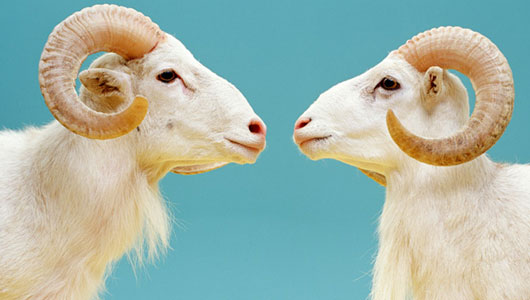 |
| http://meatcommerce.com/news/eu-debates-farm-animal-cloning-ban-349912 |
In this unit the two major things we have learned are bio-ethics and biotech. The basics of bio-ethics is that sometimes some experiments in biology raises some questions or problems concerning morals. For example cloning. People may get angry at these concepts. But it is up to Bio-ethics to resolve these issues or problems to make every one happy. Or at least the majority. But I don't find this to be very interesting in my opinion.
 |
| https://pixabay.com/en/pipette-micro-chemistry-test-218135/ |
Next is Biotech where technology merges with biology. Biotech refers to tools like micro pipettes of microscopes that are used in labs for gel electroscopes.
Some of my strengths were mostly in biotech for I find those topics interesting and enjoyable. I was able to focus and have a great time learning about this topic.
my weakness, like I said before, is that I do not find this topic very interesting. I would find my self tuning out during lectures and not following along. I ended up on learning that much on Bio-ethics.
In this unit we did a couple of labs but by far my favorite on was on gel electroscopes. And we used the micro pipette! What I really want to know more about is Biotech and the history behind how it became what it is today. I wounder how people first came up with the idea of biology and how it revolutionized the world.

